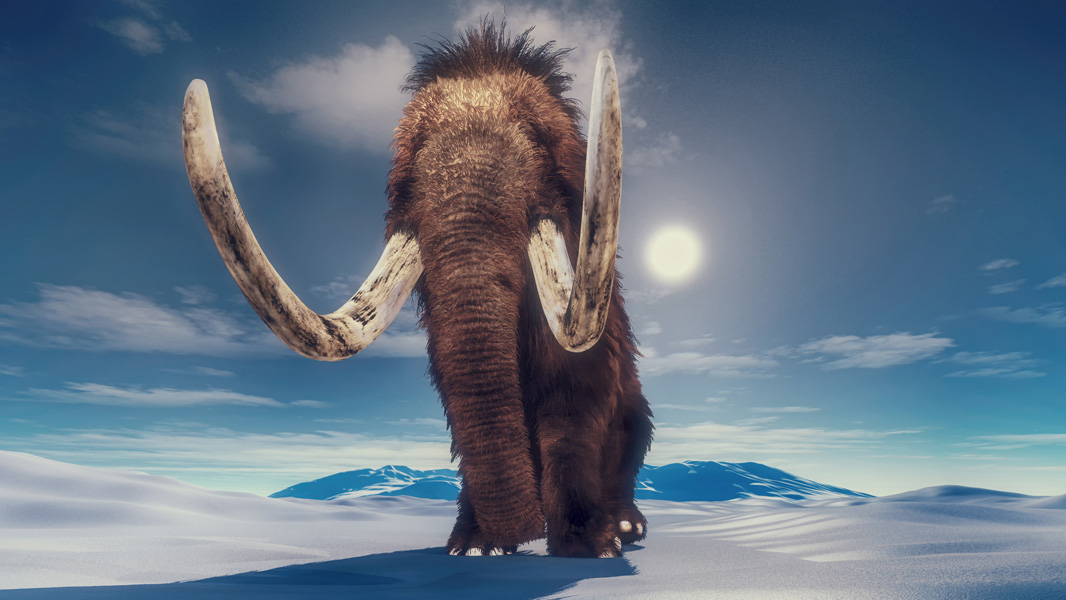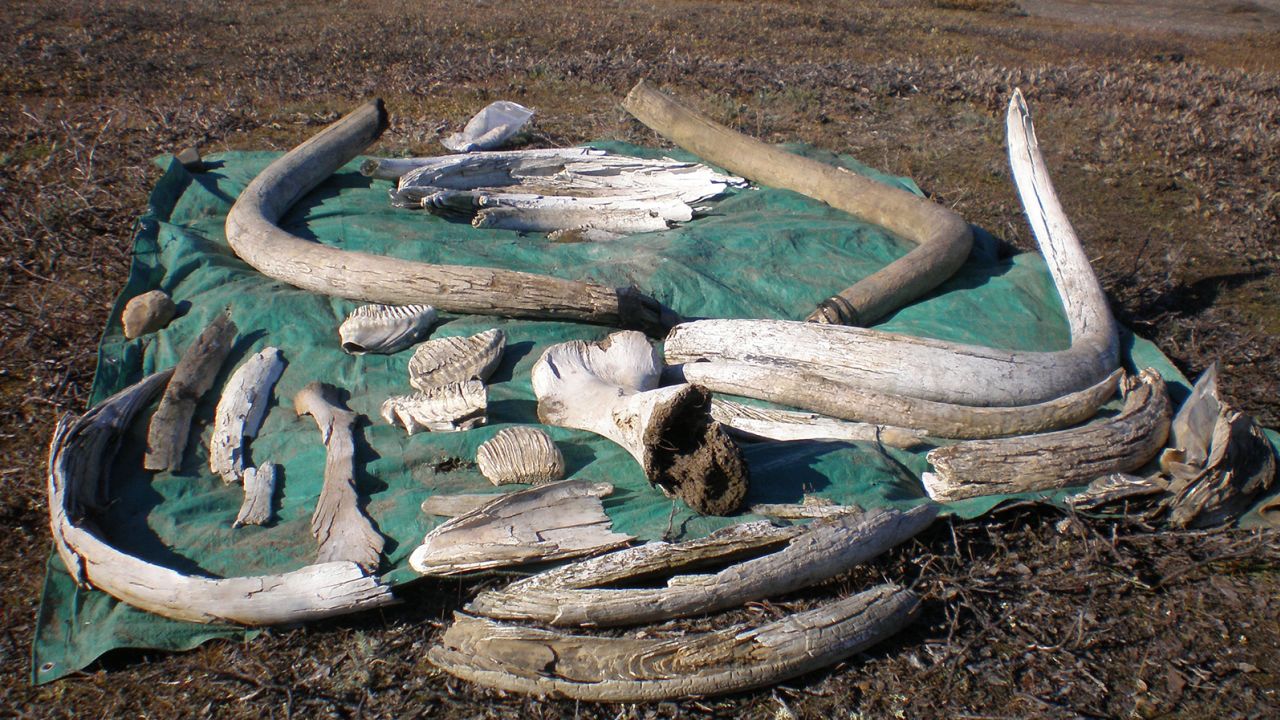The Greatest Guide To Alaskan Fossils
Wiki Article
The Ultimate Guide To Alaskan Fossils
Table of ContentsAlaskan Fossils Fundamentals ExplainedAlaskan Fossils - QuestionsGetting The Alaskan Fossils To WorkSome Known Questions About Alaskan Fossils.Things about Alaskan FossilsMore About Alaskan Fossils
Watching 2 bull African elephants encounter off on the substantial savannah is a sight to look at. Alaskan Fossils. As the world's largest land animals, considering greater than five tons, they take part in among the mightiest, impressive battles in the pet kingdom. This battle for preeminence frequently occurs when bulls go into a yearly state known as musth, a time when their desire to friend remains in overdrive, comparable to deer in the rutting period.Shattering their heads with each other, interlocking their tusks, and also pushing with all their may ends with just the greatest elephant standing victorious. Sometimes these fights are to the death. All species of living elephant share similar display screens of prominence, and also this may suggest that their prehistoric ancestors did the same point, or something comparable.
In the first couple of days, as the team exposed extra bones, it ended up being clear that the skeleton was mosting likely to be full. They began to try the debris bordering the all-important skull and were initially dissatisfied with what they exposed. One of the tusks was facing the incorrect way.
All About Alaskan Fossils
/https://tf-cmsv2-smithsonianmag-media.s3.amazonaws.com/filer/51/e9/51e9c7d8-440a-46c8-88be-eec9ee55f2a0/mammoth_painting_havens_web.jpg)


Is it for that reason feasible that these two bulls remained in a state of musth when they were fighting? Evidence from frozen mammoths located in Siberia reveals they had specialised temporal glands, the same glands that are found on each side of the head in living elephants, which secrete a chemical substance when the bull remains in complete musth.
Alaskan Fossils - An Overview
Close-up of the entangled tusks College of Nebraska State Gallery, When battling, living elephants with straight tusks are able to stab their opponents and also cause much deeper wounds (utilizing the tusk kind of like a spear), however those with curved tusks utilize them for pressing and interlacing as well as rely a lot more on head-butting to do the damage.Both are preserved in straight contact, with their tusks turned around each other. Among them has a total right tusk however a snapped left tusk, whereas the various other has a total left tusk yet a damaged right. The stub tusks have blunt, rounded sides, which indicates that they were damaged long before the battle emerged.
(Each is estimated to have weighed 10 tons or even more.) It is reasonable to presume that one of the combatants may have been eliminated throughout the fight but was stuck to the other because of this. It is uncommon for living elephants to end up being twisted by their tusks, which are known to periodically snap throughout battles.
Alaskan Fossils Things To Know Before You Buy
In extremely rare situations, when the loser has actually surrendered due to the battle yet is still connected, the victor will shake free its dead rival as well as tear off its head in the procedure, accidentally using the cut head as a prize. If one of the mammoths did pass away, perhaps the victor was too tired as well as the loser also heavy that they might not divide.Possibly one of the most amazing point regarding this discovery is the severe unlikeliness of its occurring. Both were clearly taken part in a mighty duel, became stuck through weird situations, and also were hidden promptly sufficient possibly over years that their skeletal more info here systems continued to be intact, only to be discovered by complete opportunity.
As restrictions tighten up on the worldwide cream color trade, suppliers are looking to a primitive cache of so-called "ice ivory" protected in the Siberian permafrost as an unlikelyalbeit surprisingly availablealternative. Woolly massive skeletons are relatively common throughout the Yakutia area of northern Siberia, according to a record by the AFP. And at the very least several of those remains have actually made their way into the hands of people marketing cream color ornaments in Cambodia.
Things about Alaskan Fossils
Given that Cambodia exists on an important ivory-smuggling path in between Africa and Asia, Dr Sphere as well as his group are working to develop a genes laboratory there so that they can successfully track the activity of the materials."To our surprise, within a tropical nation like Cambodia, we found mammoth samples within the cream color ornaments that are being marketed," claimed Dr Sphere.And also the shop owners are calling it elephant ivory but we've learnt it's actually mammoth."It's an important misnomer, insofar as mammothsunlike elephantsare not covered by worldwide contracts on threatened species. The reason being that they're extinct as well as for that reason not, purely speaking, jeopardized. Alaskan Fossils. It's this legal loophole that lies at the heart of the supposed "mammoth rush": a way to web link trade in the profitable service of ivory without breaching pet security legislations.
A hopeful view could suggest that this is an excellent thing as much as the living, breathing elephants of Africa as well as Asia are worried. An affordable cream color option that does not require bloodshed could be an efficient way of alleviating the risk to jeopardized types.
The 2-Minute Rule for Alaskan Fossils
NEW ULM The Brown Area Historical Culture held a homecoming for the partial monstrous tusk as well as hipbone fragment found in your area Your Domain Name 2 years back. The tusk and hip bone were found in a crushed rock pit in New Ulm, possessed by M.R. Paving & Excavating in 2020. Quickly after the discovery, the Science Gallery of Minnesota was called to validate the fossil as a monstrous tusk.
Dzenowski discusses the preservation process. Part of that time included looking into the most effective preservation methods. It is rarely a monstrous tusk that has actually experienced the preservation process. Among the factors conservation was needed is since the tusk has a number of different layers that dry out at various rates. If an inner layer dries out as well swiftly it can trigger the fossil to twist, fracture as well as splinter apart.
Report this wiki page